#Christoph Froschauer the Younger
Photo

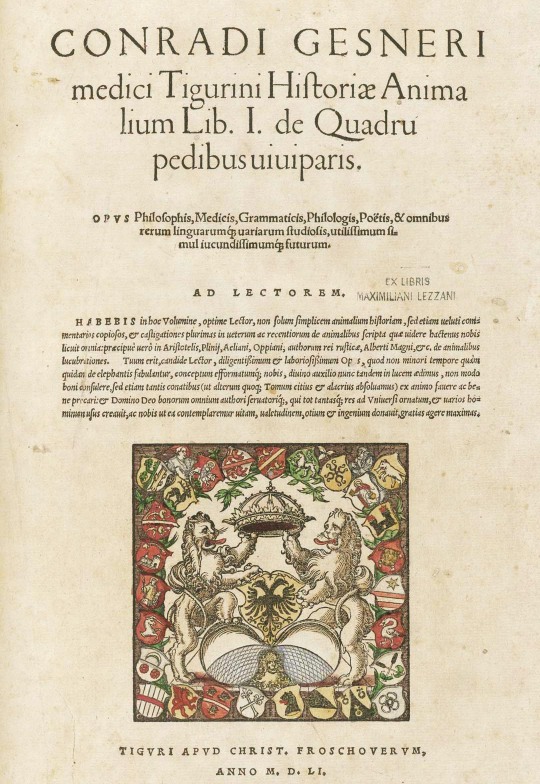

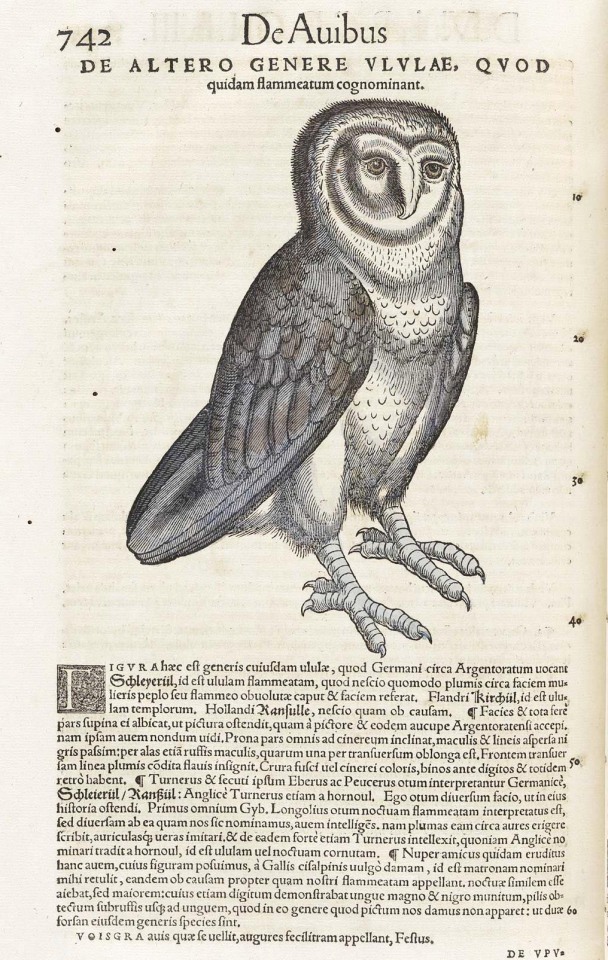
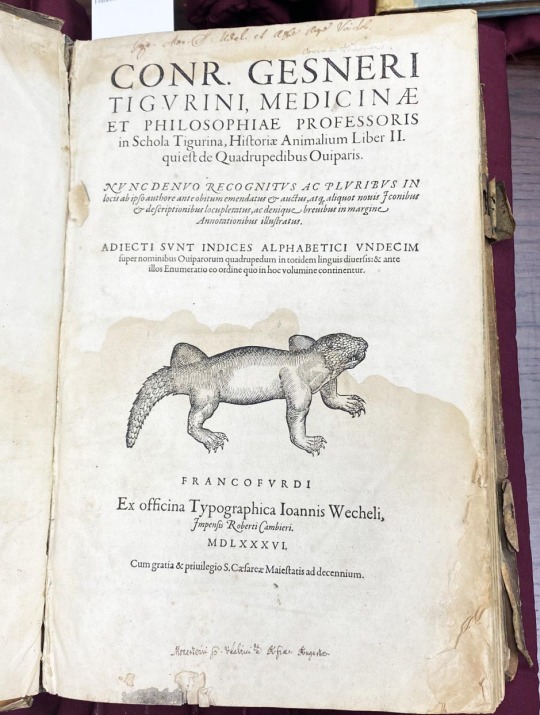


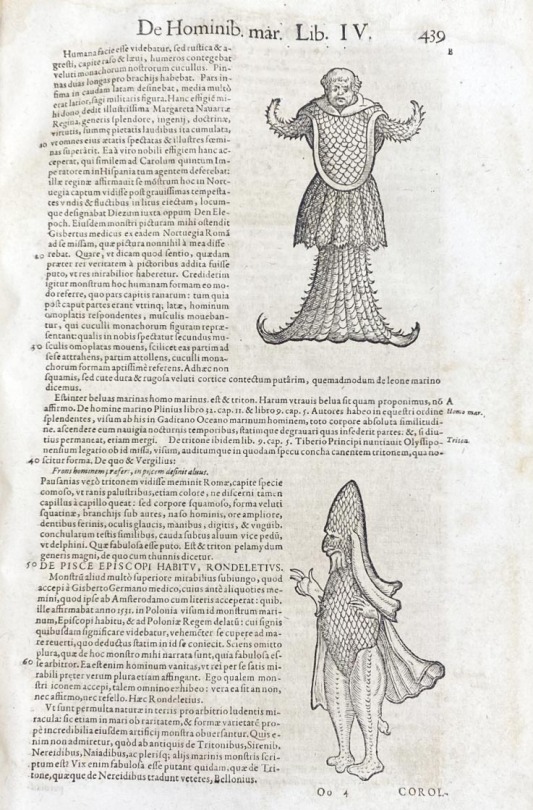
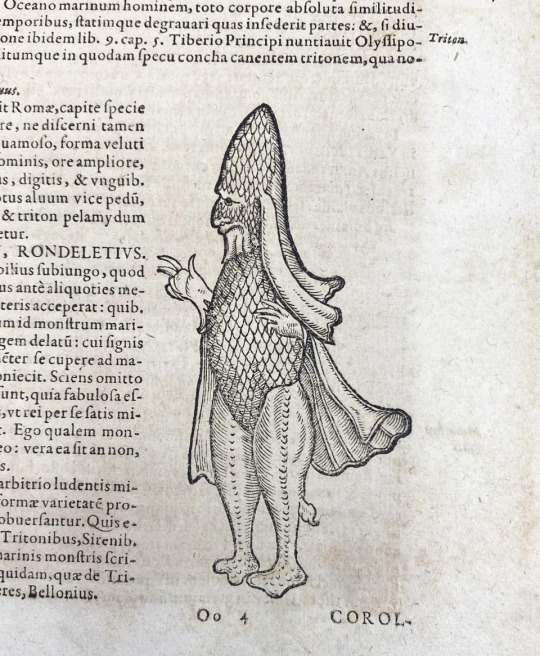
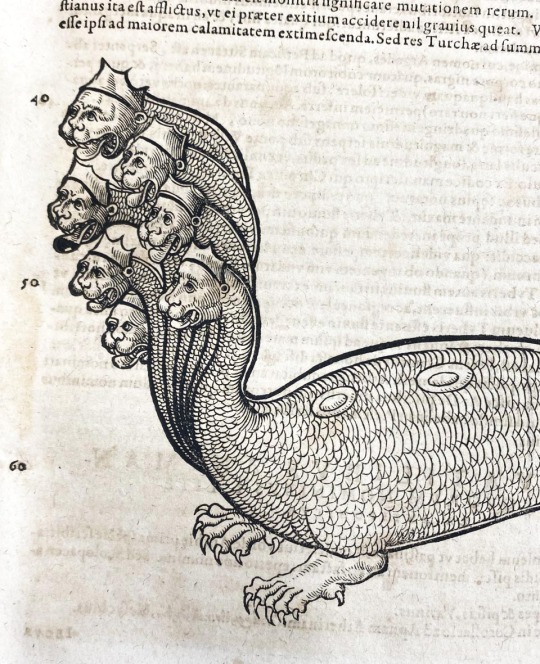
The Spectacle of Nature:
Conrad Gessner’s Historia animalium
So far in the series we have covered books with animal illustrations that have a religious or emblematic quality. Today we are highlighting Swiss naturalist Conrad Gessner’s Historia animalium (“History of Animals”), a five-volume set of books published in 1551-1557 that mark a dramatic shift into looking at animals in a scientific and naturalistic way. Gessner’s Historia animalium is considered the start of modern zoology in the West and it was the most widely read of all the Renaissance natural history books.
Conrad Gessner (1516-1565) was a humanist, meaning he derived his knowledge of the world through books, especially texts by ancient scholars such as Aristotle and Pliny the Elder. His Historia animalium was meant to bridge the gap between ancient and medieval works with that of Renaissance science. Gessner compiled all that was known about particular animals from a variety of written sources, including folklore, myths and legends. Modern scientists would be very uncomfortable with the types of sources Gessner includes in his Historia animalium because he tried to list all known associations of animals along with physical descriptions. For example, the entry on the fox would include what a fox looked like and how it behaved in nature, but also what characteristics humans have ascribed to foxes throughout time like the notion that they are shifty and cunning.Gessner included the animal associations found in Andrea Alciato’s Emblemata.
Historia animalium is broken down into categories:
Volume 1: Live-bearing four-footed animals (mammals).
Volume 2: Egg-laying quadrupeds (crocodiles and lizards).
Volume 3: Birds.
Volume 4: Fish and other aquatic animals.
Volume 5: Serpents (snakes and scorpions published posthumously in 1587).
The illustrations in Historia animalium are very naturalistic compared to those found in Medieval bestiaries and printed copies of the Physiologus. Animals are not show in an iconographic way illustrating a particular scene, but instead appear as real living creatures. Some entries are on fictitious creatures like the hydra, sea monk, and unicorn. There was a lot of crossover between fact and fiction in Gessner’s work.
Many scholars believe that the shift towards more naturalistic animal illustrations was inspired by the popularity of herbals during the period such as Jacob Meydenbach’s Hortus sanitatis (“Garden of Health” which also features illustrations of animals) and Leonhart Fuchs’s De historia stirpium (1542). These herbals depicted plants in a naturalistic way, and in Fuchs’s case they were based on observations of living specimens.
Conrad Gessner’s Historia animalium was extremely popular. It was later translated into English by Edward Topsell and re-published with the same illustrations. We will feature Topsell’s The History of Four-Footed Beasts and Serpents in a later post in the series.
The black-and-white illustrations we are featuring today are from a 1586 edition printed in Frankfurt by Robert Cambier for Johann Wechel held in UW-Madison Special Collections. The hand-colored illustrations are from the 1551-87 edition printed in Zurich by Christoph Froschauer the Younger from the U.S. National Library of Medicine’s online collection “Historical Anatomies on the Web.”
View more posts in The Spectacle of Nature series!
–Sarah, Special Collections Senior Graduate Intern
#The Spectacle of Nature#Summer Series#Conrad Gessner#Historia animalium#zoology#natural history#Robert Cambier#Johann Wechel#UW-Madison Special Collections#Christoph Froschauer the Younger#National Library of Medicine#Historical Anatomies on the Web#animals#scientific illustrations#woodcuts#hand-colored prints#Sarah#Sarah Finn
208 notes
·
View notes